In organic search, it can feel like endless platforms are telling you that their metrics are worth measuring – which of these are actually useful?
In this post, we discuss the five key organic search metrics that really matter when it comes to improving the performance of your site.
Organic conversion
Conversion isn’t to be confused with traffic. For example, if 2000 users visit your site and of those, only 10% convert – something is amiss.
Organic conversion is the measurement of people who end up completing an action while visiting your site. This might be signing up for a newsletter or buying a product or service.
How do you improve your organic conversion? The best place to start is with your site’s content. Ensuring your site has high-quality content that serves users at different stages of their buying journey massively helps. This ensures you are capturing all users rather than one select group. This should also help boost your organic traffic which in turn increases exposure and potential customers in the future.
Organic traffic
Traffic is usually the first metric people think of when they consider their site’s performance. After all, the more people on your site, the better?
Your site’s organic traffic number is a representation of the number of people who are organically finding your site. This is typically through SERP’s (search engine results page). This is where a user finds your site in the search results for their query.
Tools like Google Analytics are great for tracking organic traffic. It can tell you how many people are on your site at any given moment using real-time data. Organic traffic is an important metric to monitor as it tells you how well your other SEO efforts are performing. The more people finding your site organically, the better the content and experience of your site.
Using Google Analytics helps you to identify other important activities; you can see the pages that people are landing on when they first visit your site and what page they leave your site from. You can also see a user’s general location and the amount of time each user spends on your site. This allows you to identify pages that are performing well and those that require improvement.
Referring domains & backlinks
Links aren’t a glamorous affair and people often neglect their importance in an overall organic search strategy. However, the more external websites linking to your site, the more Google views you as a trustworthy and reputable source. This helps your content to rank better and therefore, gives your site better exposure.
When it comes to link building, you have to make a conscious effort to start with. There are plenty of link building tactics available, just make sure you stick to White Hat SEO methods to avoid penalties. As your site’s DA (domain authority) grows, other sites will start organically linking to your content.
A backlink isn’t to be confused with a referring domain. A backlink refers to any link pointing back to your site. This could include the same domain multiple times. Your site’s referring domain number represents the number of unique sites that link to you.
Ideally, you would want more referring domains than backlinks. It’s best to think of backlinks as one-trick ponies. They are great on their own, but they don’t add any extra value to your site just because they link more than once.
Keyword rankings
With keywords, you should be monitoring two aspects: the keywords your site currently ranks for and those you would like it to rank for.
Keywords should always be relevant to your site and industry. For example, if you sell stationery, you should be ranking for keywords like ‘office supplies’ or ‘bulk stationery supplier’. This should naturally happen over time the more content you produce on your site. However, there are ways you can actively push for these rankings.
For example, targeting ‘stationary supplier Manchester’ could open massive opportunities for localized geographical based customers. Once you’ve identified a list of keywords you’d like to rank for, it’s time to start producing copy. Content on your site should be optimized with target keywords so that it ranks in SERPs for relevant search terms.
It is important to keep an eye on your keywords over time. Without noticing, the pages on your site could start ranking for the wrong keywords. This can be a result of poorly optimized meta descriptions and tags, so make sure to regularly check your keyword rankings.
Page speed
Page speed has always been an important metric and one that is now even more significant thanks to recent Google updates. This year, Google announced some Core Web Vital updates. This put page speed as one of the all-important ranking factors for a site.
Page speed matters because it can hugely affect the bounce rate on your site. The slower your site to load, the higher your bounce rate will be (the number of people landing on your site on the leave nearly immediately afterward).
Page speed now matters so much that Google can penalize sites with longer loading times. This is detrimental to site performance. If possible, your site should load in no longer than two seconds.
BOSCO™ uses sophisticated data models and trusted third party data to analyze and benchmark your site’s organic search performance and displays the metrics that you should be tracking.
If you would like to try BOSCO™ for free or for more information on how you can become a partner, register here. If you are interested in connecting your own data, send us an email at team@askbosco.io




